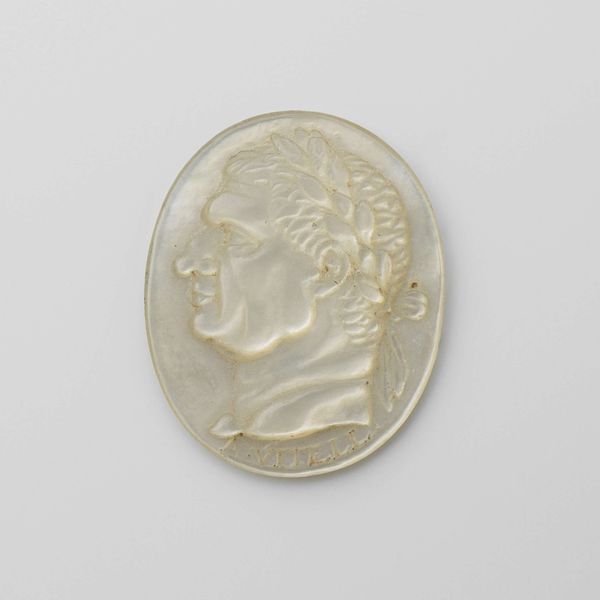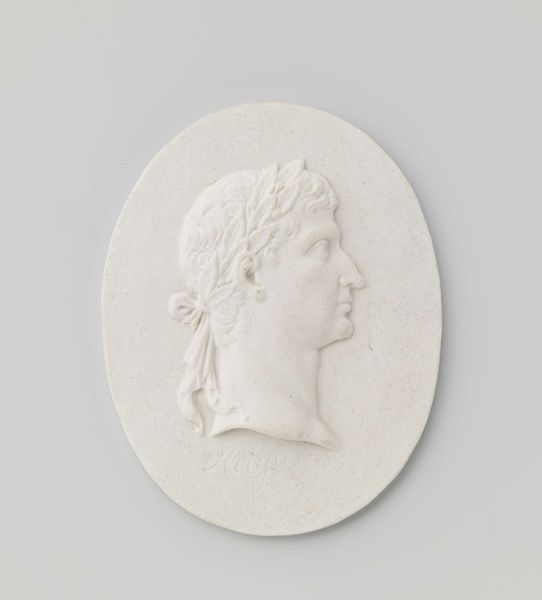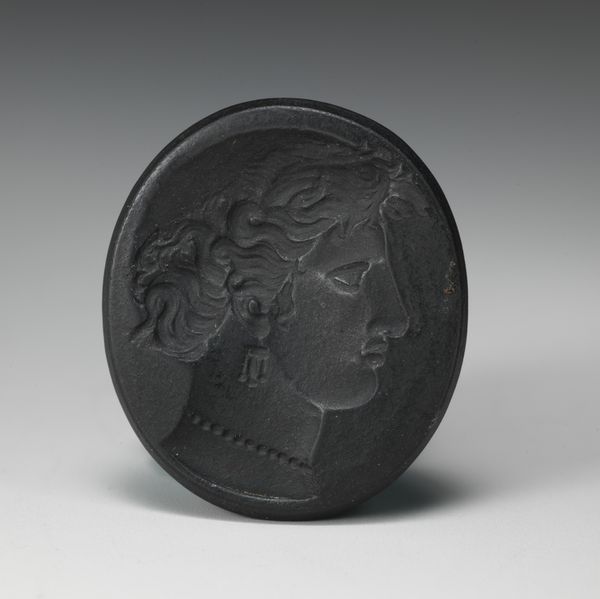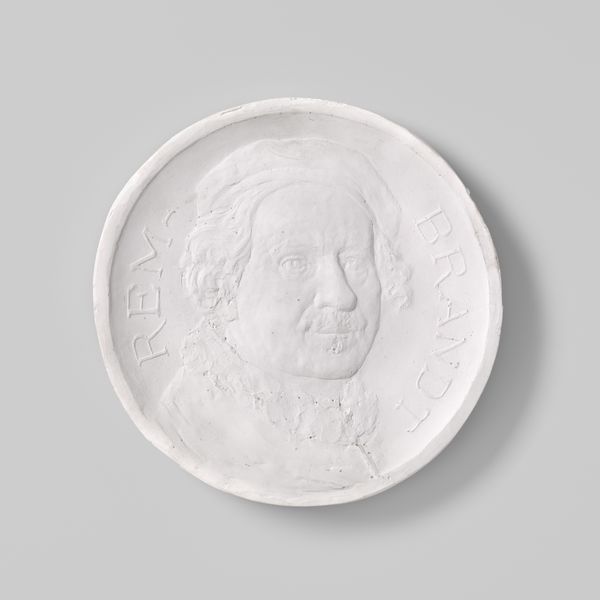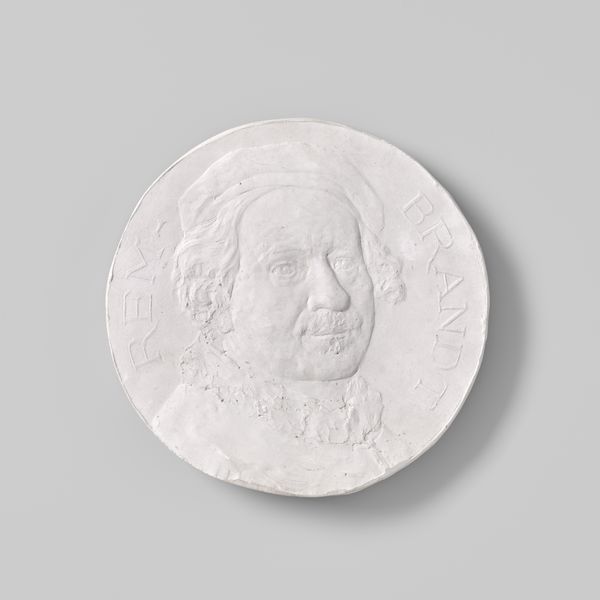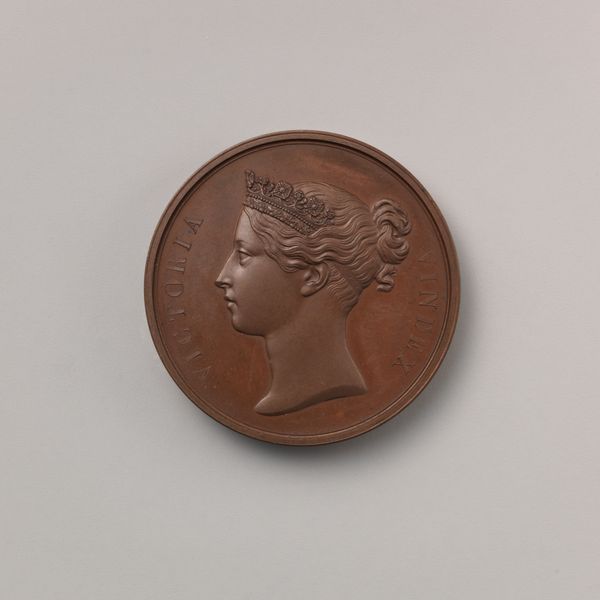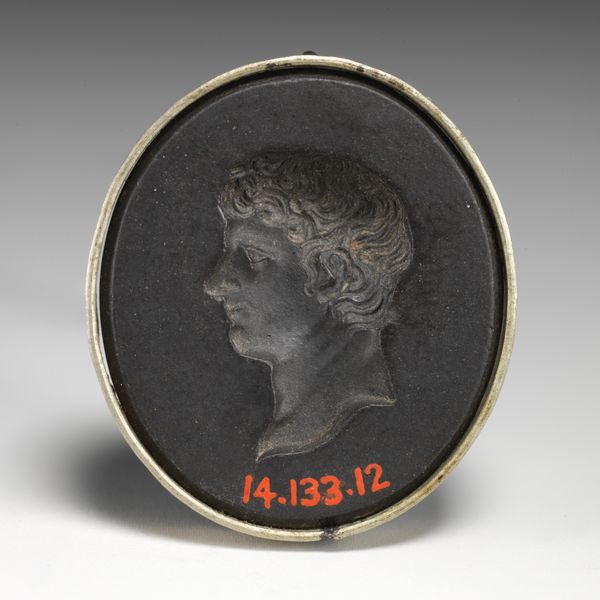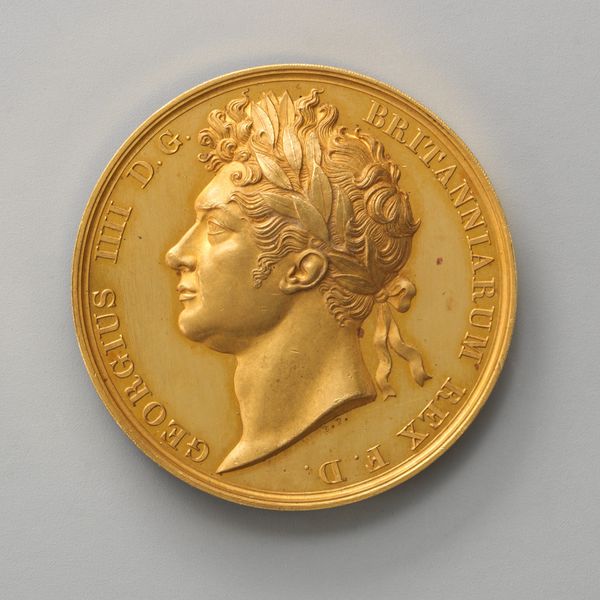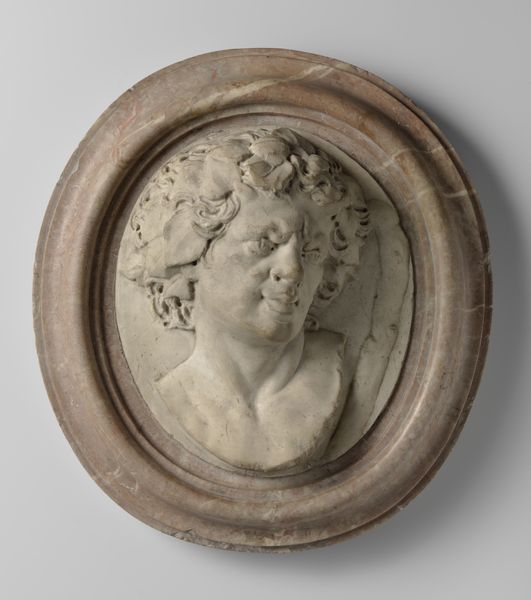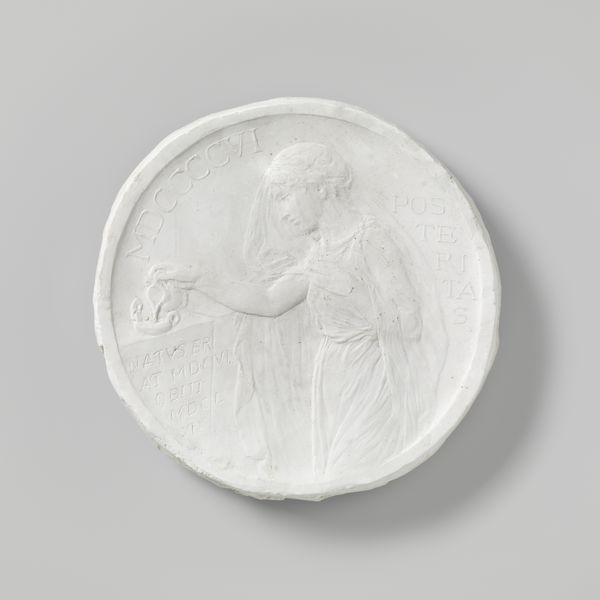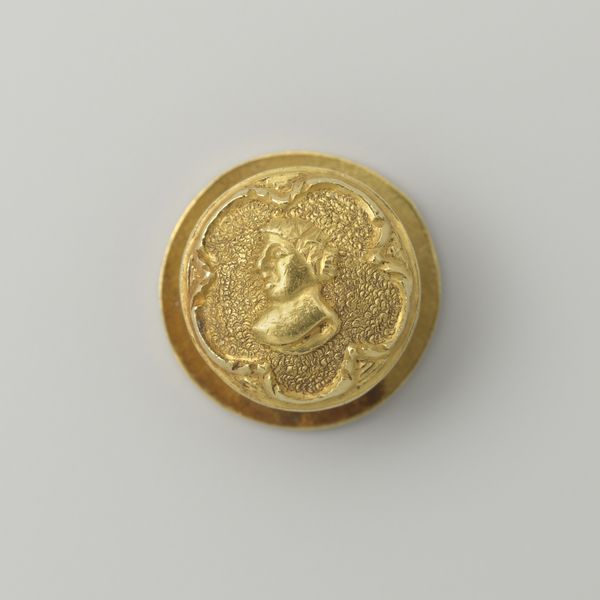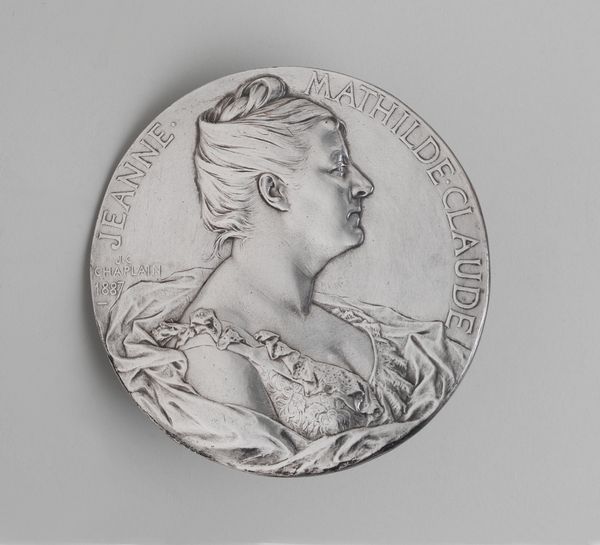
relief, ceramic, sculpture
#
portrait
#
neoclacissism
#
greek-and-roman-art
#
relief
#
ceramic
#
sculptural image
#
sculpture
#
decorative-art
Dimensions: Diam. 2.9 cm (1 1/8 in.)
Copyright: Public Domain
Editor: Here we have the “Medallion with Arethusa” crafted around the early 19th century by Wedgwood Manufactory. It's ceramic relief sculpture. It's interesting how such a common material is used to evoke a sense of classical refinement. What are your thoughts on this work? Curator: It’s the tension between the "common" and "refined" that's truly revealing here. Wedgwood was a master of leveraging industrial processes to create objects that mimicked luxury items for a burgeoning middle class. The relief, made through meticulous molding, speaks to the increasing division of labor. It's no longer a solitary artisan; instead, many hands are involved in each medallion's creation. Do you think this impacted how these objects were valued? Editor: That’s a good question! It likely cheapened it, like fast fashion today. Curator: Precisely. The material itself—the specific clay composition and firing techniques—became standardized and scalable. The market and circulation become increasingly important as an aesthetic property too. Think of the neoclassical subject matter - referencing back to antiquity but through an industrial lens. Editor: So, the value lies not just in the artistry, but in the whole system of production and distribution that brought it into being. I didn't think about it like that! Curator: Exactly! By considering the ceramic material in "Medallion with Arethusa" within its social and economic framework, we can see that seemingly high-art objects often depended upon and impacted a growing manufacturing industry and consumerism.
Comments
No comments
Be the first to comment and join the conversation on the ultimate creative platform.
